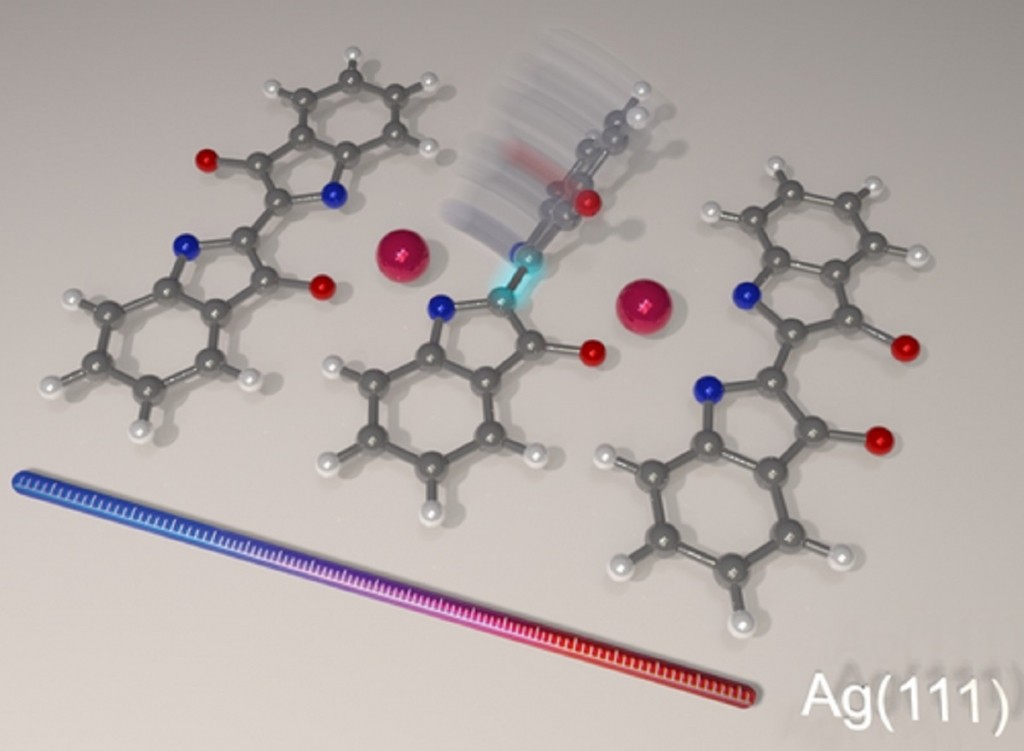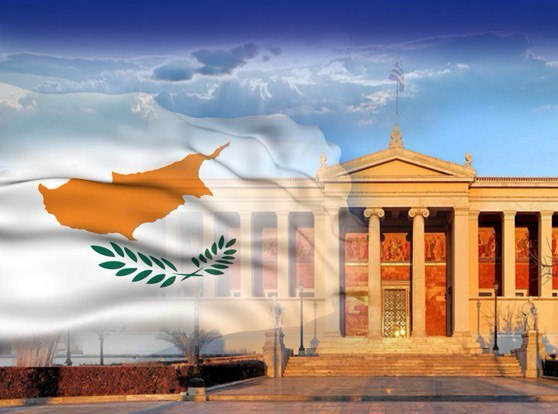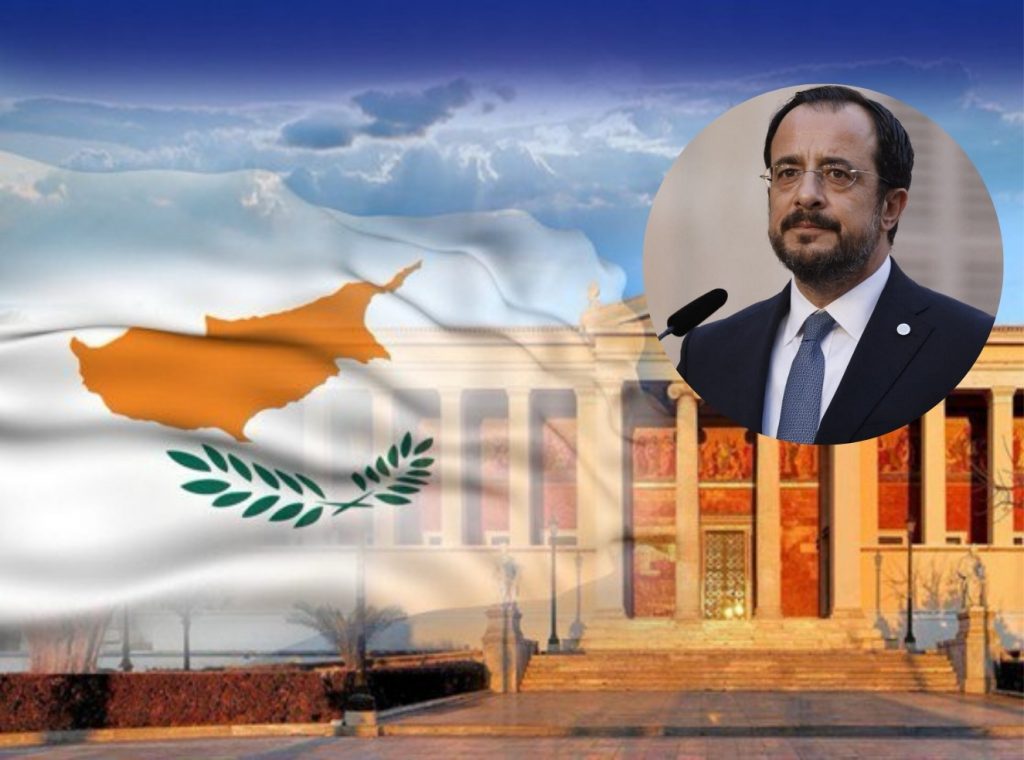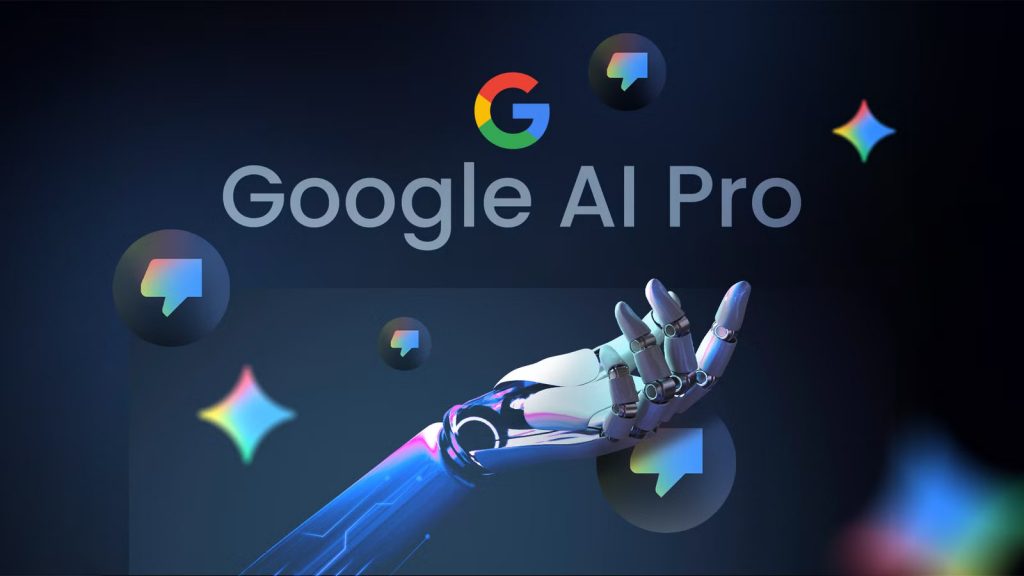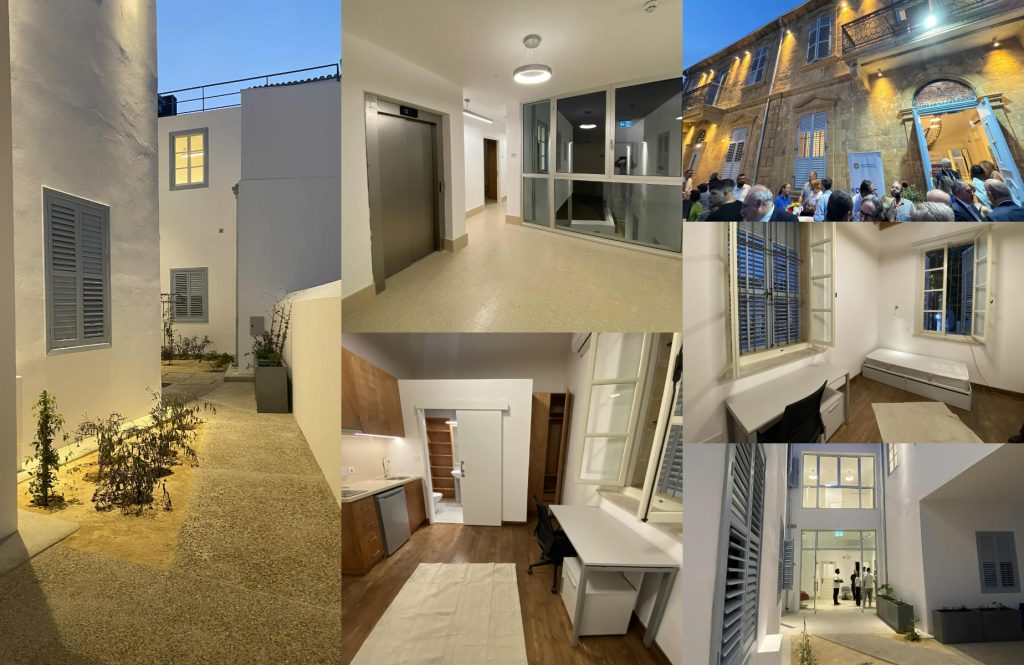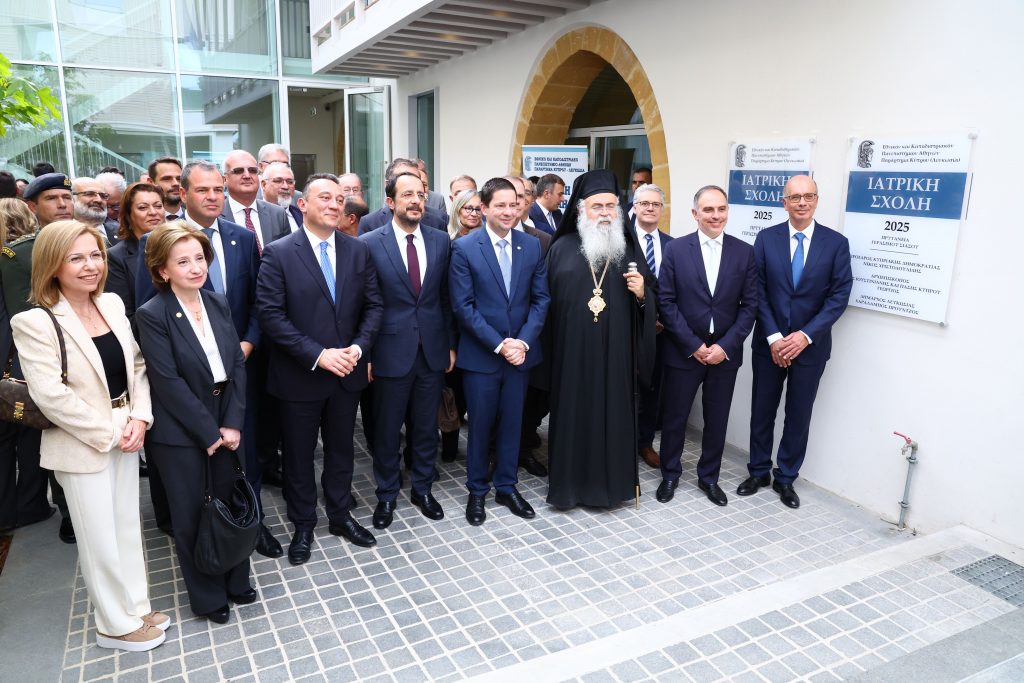Indigo is a dye that has been extracted from plants for millennia; it is the dye that makes blue jeans blue. An international team of scientists from the Technical University of Munich (Germany), the University of Suzhou (China), the Jawaharlal Nehru Centre for Advanced Scientific Research (India) and NKUA (Greece) has now used those same indigo molecules for nanotechnology: the researchers have created two types of ultrathin “wires” by weaving the dye and iron atoms.

The indigo molecules are flat and do not dissolve easily: This is useful for dyeing jeans, as the colour does not wash off, but it complicates their use in the solutions synthesis of materials. NKUA Assistant Professor Anthoula Papageorgiou and her team deposited very small amounts of those molecules on flat silver surfaces by sublimation. Then, they added iron atoms and were able to assemble wires with a cross-section of less than 2 nanometres, which is about 50 thousand times thinner than a human hair.
Using scanning tunnelling microscopy and atomic force microscopy, the researchers visualised that the wires are made up of indigo molecules alternating with iron atoms. Indigo is practically the molecule that occurs by symmetrical dimerisation of indoxyl. Depending on the conditions of assembly, the researchers discovered that the two “half-indigos” had different arrangements in space: a rotation occurred around the bond linking the two halves, creating a different structure and thus imparting different physical properties to the material. This rotation does not occur in the individual molecules, but in the molecules woven in the wires on the surface. The researchers explained how this happens using X-ray photoelectron spectroscopy studies. These showed that the molecule loses 2 hydrogen atoms when it binds to the iron in the wire and this chemical change allows the rotation to occur.
Theoretical calculations of these materials by Prof. Narasimhan’s group (Jawaharlal Nehru Centre for Advanced Scientific Research) predict that these wires are able to carry electricity and have different magnetic properties, useful for example in materials for quantum technologies.
The team now plans to experimentally determine the magnetic properties of these materials using synchrotron radiation spectroscopic methods, and to continue exploring the engineering of such wires at NKUA, where Assist. Prof. Papageorgiou endeavours to set up a pioneering laboratory with cutting edge equipment.
The study was published in Angewandte Chemie International Edition (DOI: 10.1002/anie.202319162) as the cover article (DOI: 10.1002/anie.202404239).
Funding:
Funding was mainly provided by the German Research Foundation (DFG). Assist. Prof. Papageorgiou, in collaboration with Dr. Reichert and Prof. Barth (Technical University of Munich), benefit from the framework of H.F.R.I Call “Basic research Financing (Horizontal support of all Sciences)” under the National Recovery and Resilience Plan “Greece 2.0” funded by the European Union –NextGenerationEU(H.F.R.I. Project Number: 15609). Free access to the article is offered thanks to Project DEAL.
Publication:
‘On-Surface Isomerization of Indigo within 1D Coordination Polymers’
H. Xu, R. Chakraborty, A. K. Adak, A. Das, B. Yang, D. Meier, A. Riss, J. Reichert, S. Narasimhan, J. V. Barth, and A. C. Papageorgiou
Angew. Chem. Int. Edit. (2024) eLocator: e202319162 DOI: 10.1002/anie.202319162


